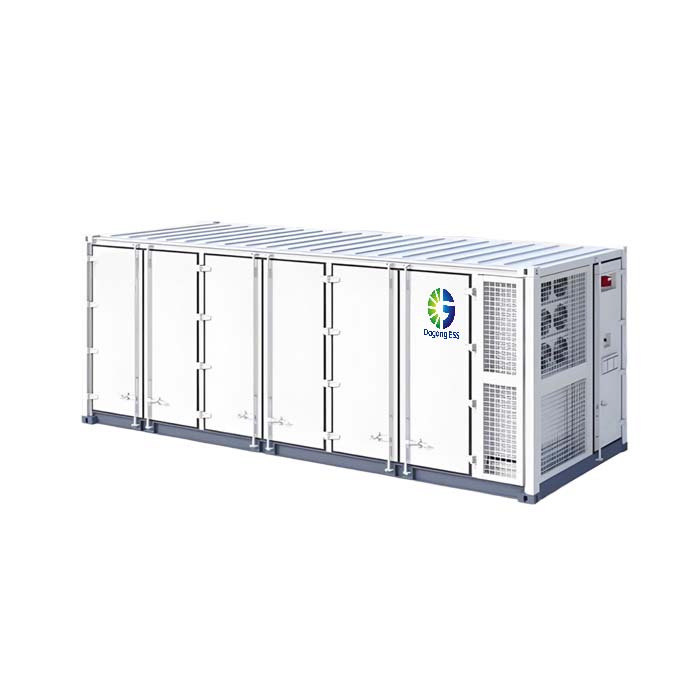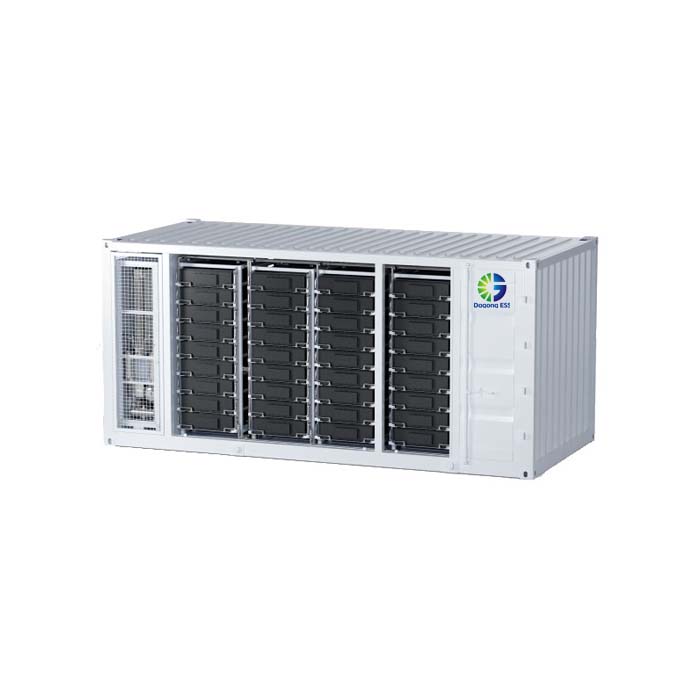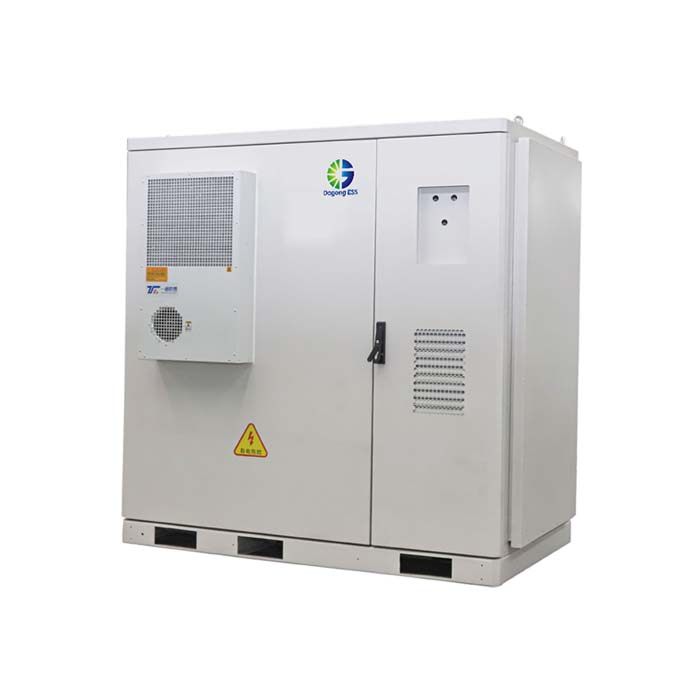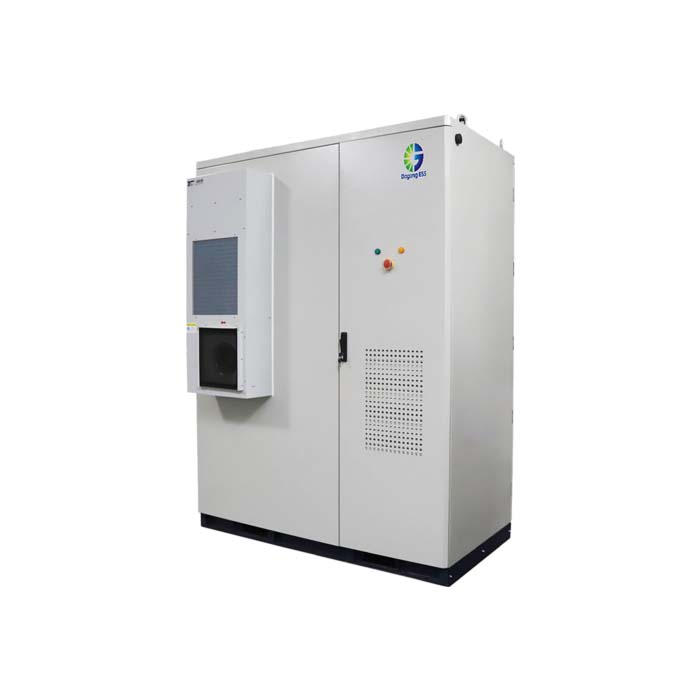Why Cell Consistency Matters?
What is Cell Consistency?
Cell consistency refers to the degree of uniformity in key parameters—such as voltage, capacity, internal resistance, and cycle life—across individual battery cells within a battery pack. Inconsistent cells can cause imbalances during charge/discharge, reduce system performance, and even lead to safety risks.
In modern energy storage systems (ESS), especially those using lithium iron phosphate (LFP) cells, maintaining high cell consistency is essential for achieving long-term reliability, efficiency, and safety.
Types of Cell Inconsistency
Several forms of inconsistency can affect battery performance:
Voltage Mismatch: Leads to early cut-off or over-discharge.
Capacity Variation: Causes certain cells to degrade faster, affecting pack lifespan.
Internal Resistance Difference: Generates heat and reduces system efficiency.
Temperature Behavior Deviation: Uneven thermal response complicates cooling.
Charge/Discharge Imbalance: Some cells may become overworked, leading to failures.
Features of High Cell Consistency
Stable Output Voltage
Longer Cycle Life
High Energy Efficiency
Balanced Thermal Distribution
Lower Risk of Cell Degradation
Improved Performance of BMS and EMS
High cell consistency is not only a technical benefit but also a critical factor in reducing maintenance cost and maximizing the value of energy storage investment.
Applications of High-Consistency Cells
Household ESS (5–80kWh)
Microgrid and Off-grid Systems
EV Charging Stations
Telecom and Data Center Backup Systems
Renewable Integration (solar + wind)
These applications require reliable, long-lasting energy storage that only consistent cells can provide.
Price of High-Consistency Cells
While the cost of high-consistency cells is higher than average-grade cells, the long-term benefits make them more economical.
How to Select Cells for Your Project?
To ensure optimal performance, consider the following when selecting cells:
Match Project Load Profile: Base selection on actual power and energy needs.
Verify Cell Binning Reports: Ensure supplier provides detailed consistency data.
Check Certifications: Look for UL, IEC, or UN38.3 compliance.
Evaluate Cycle Performance: Ensure cells meet required lifespan targets.
Inspect Thermal & BMS Compatibility: Make sure cells match the design and control system.
How Long Does a High-Consistency Battery Pack Last?
With proper design and management, battery packs using high-consistency cells typically last:
4,000 to 6,000 cycles @ 80% DOD
10 to 15 years calendar life
Capacity retention >80% after 10 years (standard use)
This longevity significantly reduces levelized cost of storage (LCOS) and improves ROI.
The Supplier of High-Consistency Energy Storage Solutions
Dagong ESS specializes in energy storage systems built with high-consistency LFP cells. We implement rigorous cell selection, grouping, and testing procedures to ensure that every ESS product—whether residential or commercial—meets strict performance and safety standards.
If you are looking for high-capacity lithium iron phosphate (LFP) battery cell and Energy Storage Systems or want to know more about our technical information, feel free to reach out to us by sending an inquiry to our corporate email at sales@dagongess.com, or simply visit the "Contact Us" page on our website to leave your message. We will respond to you promptly.








